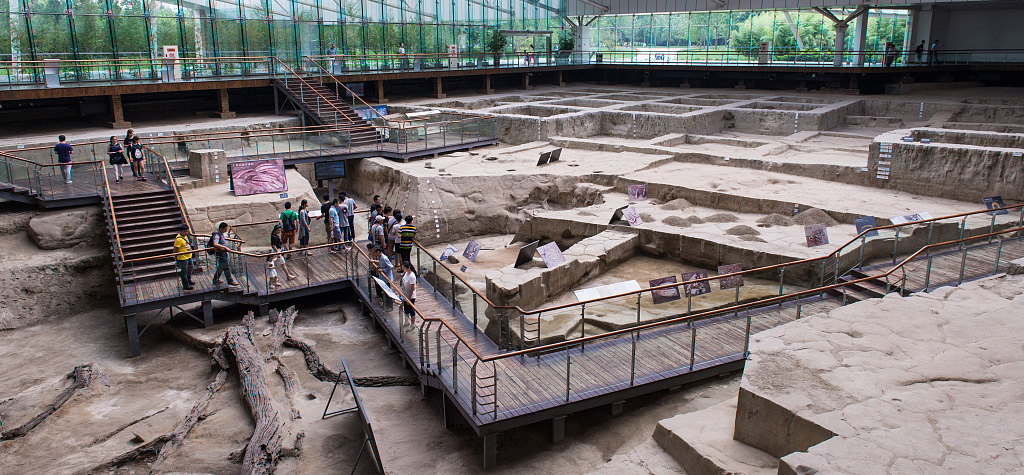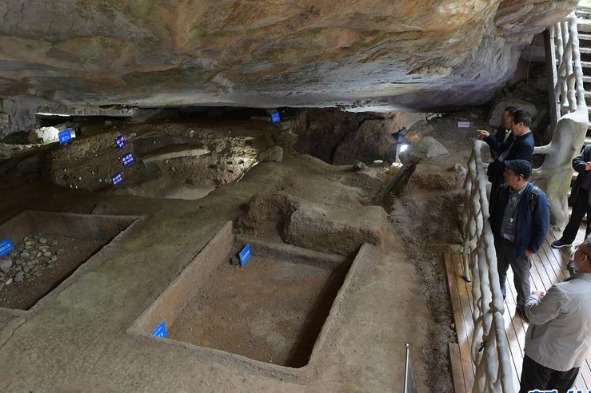
Zengpiyan National Archaeological Site Park
The Zengpiyan site is a Neolithic archaeological cave site dating back 7,000 to 12,000 years.
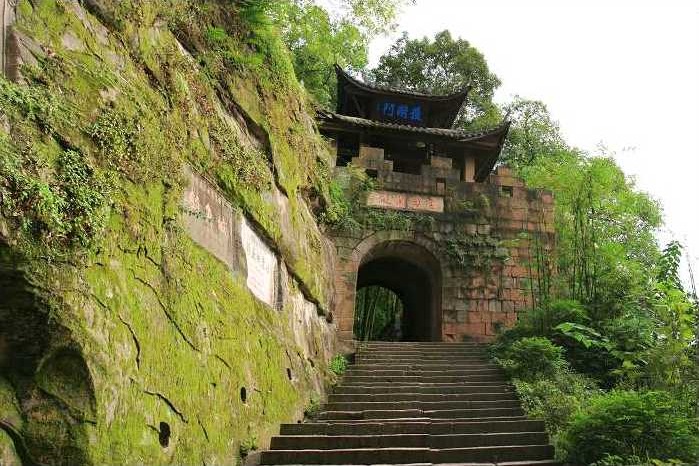
Diaoyu Fortress National Archaeological Site Park
The Diaoyu Fortress, located in Hechuan district, Chongqing city, is the best preserved ancient military fortress in China.
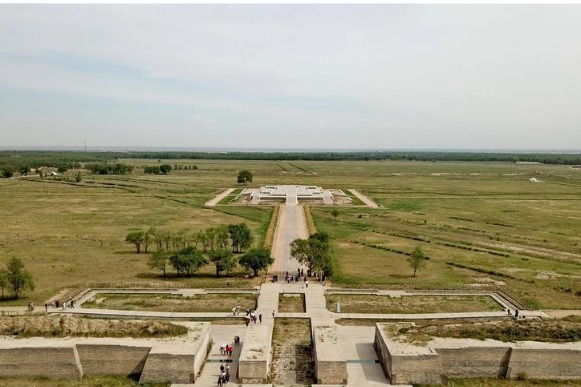
Yuan Zhongdu National Archaeological Site Park
The Yuan Zhongdu site is the remains of one of the four capitals of the Yuan Dynasty (1271-1368) of China (known as the Middle Capital in Chinese), and is located 15 kilometers to the north of the Zhangbei county, in North China's Hebei province.
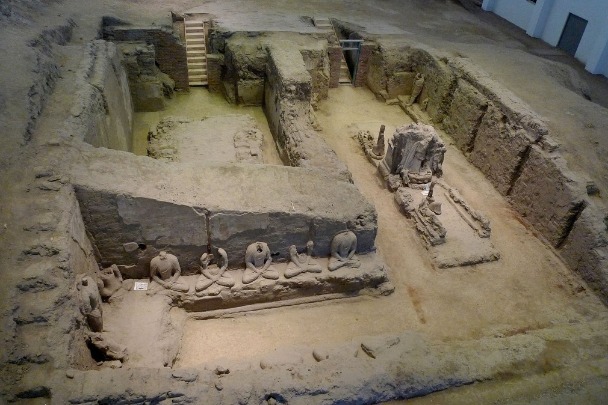
Beiting City Ruins National Archaeological Park
The Beiting City ruins was the seat of the Beiting Protectorate, established by the central government of the Tang Empire (618-907) in 712.
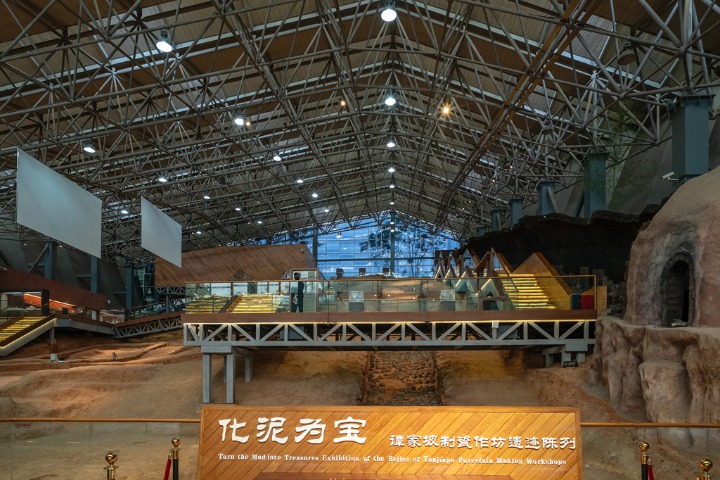
Tongguan Kilns National Archaeological Site Park
In Chinese history, the Tongguan Kilns were active for more than 200 years. They started production over 1,000 years ago during the early Tang Dynasty (618-907), thriving in the mid and late Tang era, before being phased out during the Five Dynasties (907-960).
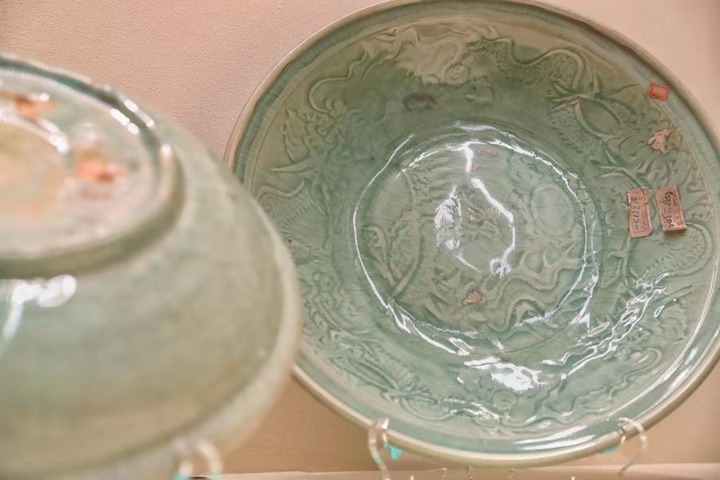
Dayao Longquan Kilns National Archaeological Site Park
The Dayao Longquan Kilns site is home to a group of kilns located in Dayao village, and was once the core production area of Longquan celadon in China. Today, this is a protected area covering 5.2 square kilometers, and contains 126 kiln sites.
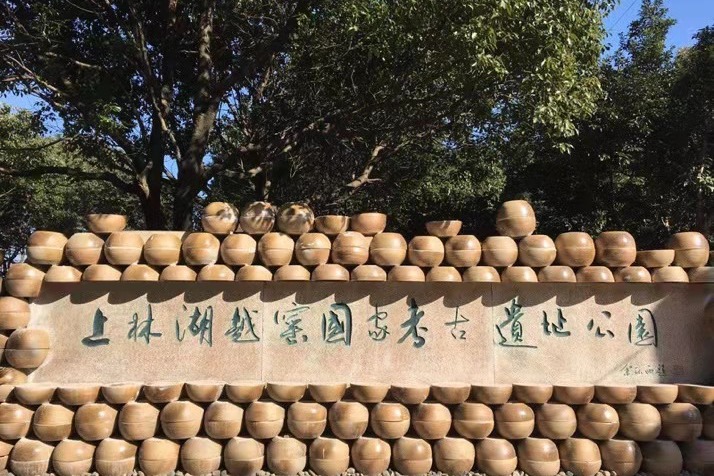
Shanglin Lake Yue Kilns National Archaeological Site Park
Shanglin Lake Yue Kilns is home to a group of ancient kilns used from the second to 12th centuries in China. The sites surround Shanglin Lake in Cixi, Zhejiang, with nearly 120 celadon kiln sites covering 12.9 square kilometers.
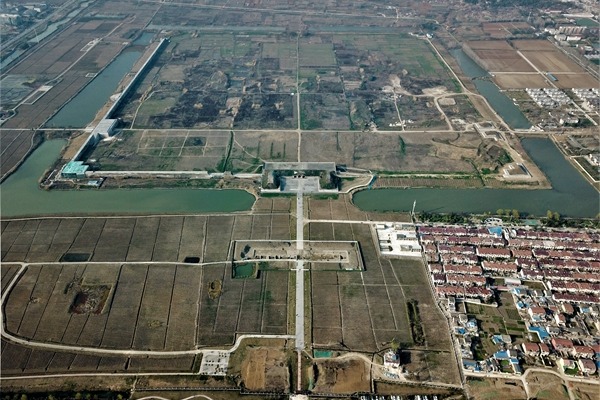
Mingzhongdu Imperial City Ruins National Archaeological Site Park
The Mingzhongdu Imperial City site is the ruins of a capital built under the orders of Zhu Yuanzhang, the founding emperor of the Ming Dynasty (1368-1644), in his hometown, now Fengyang county, Anhui province.
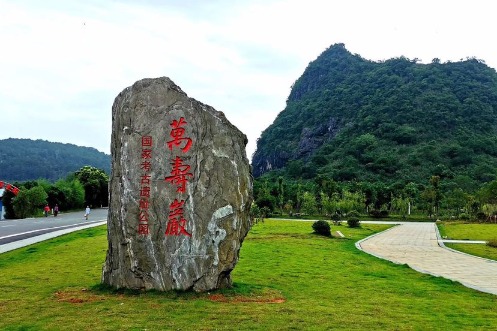
Wanshouyan National Archaeological Site Park
The Wanshouyan site is a Paleolithic archaeological find located on Wanshouyan,a mountain peak in the karst landscape of Sanming city, in East China's Fujian province.


